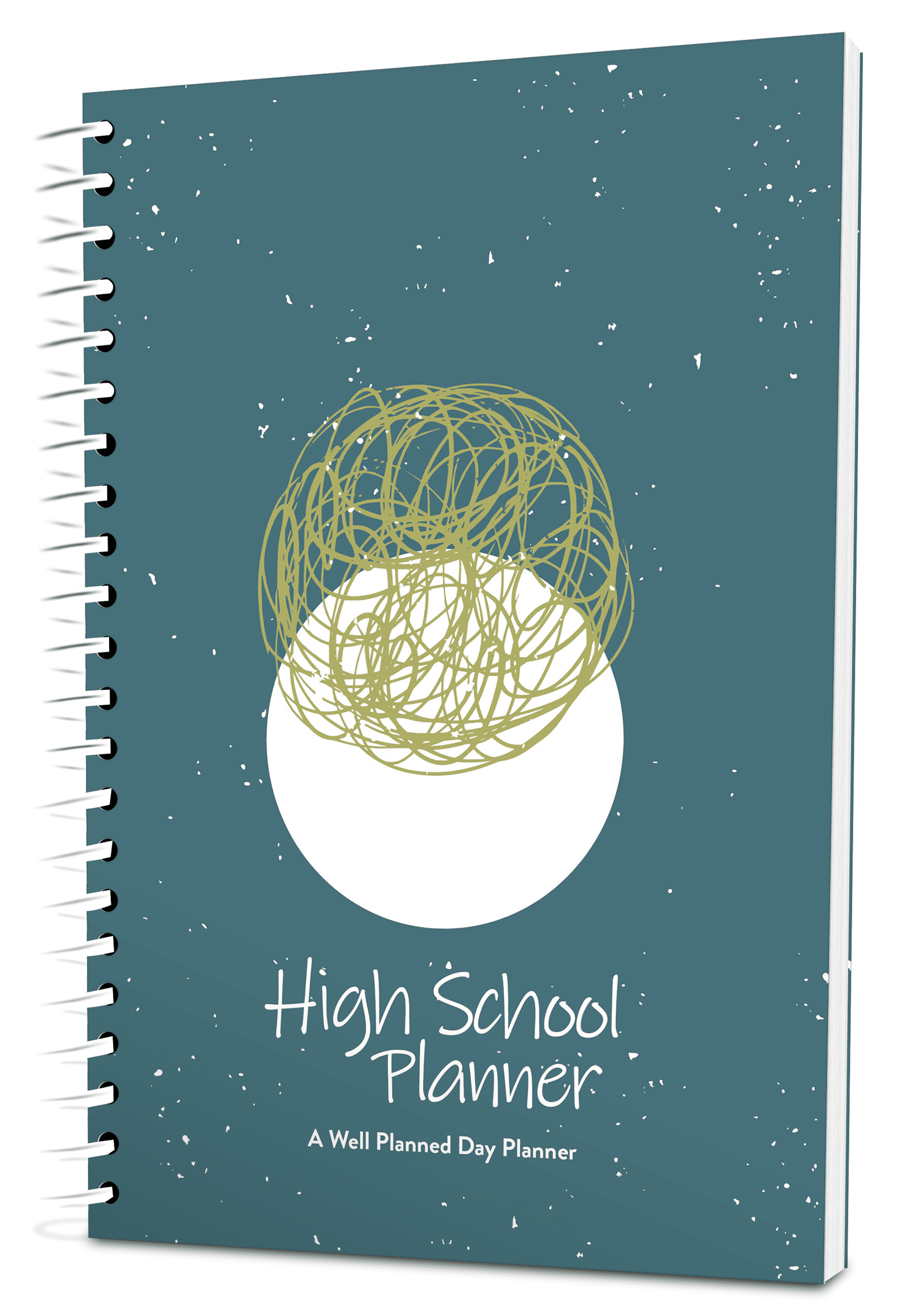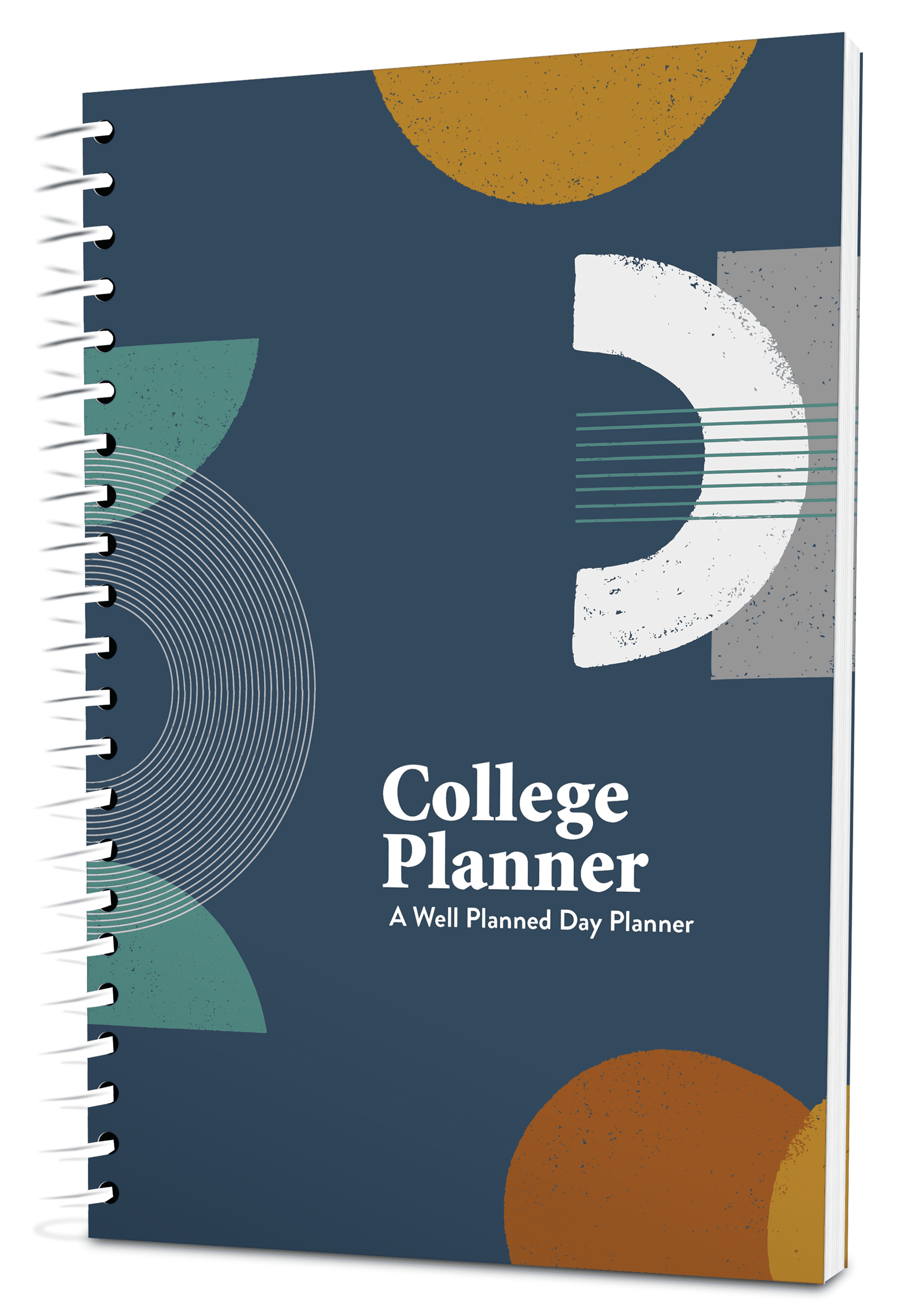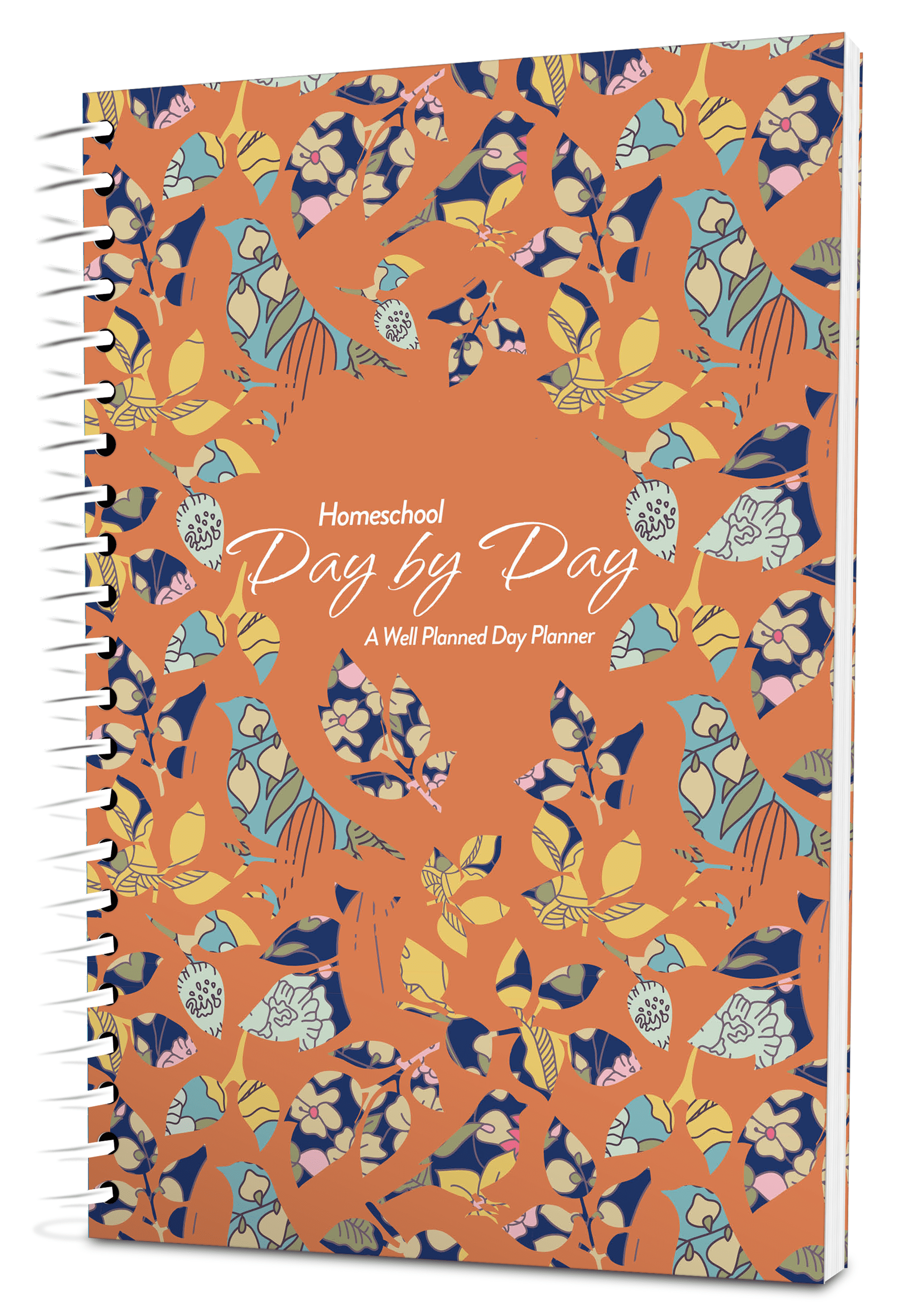What happens in your brain when you get a new resource? Do you wonder how it’s supposed to be used, or do you start thinking of creative uses that will help you make it your own?
I’ll be honest, my natural inclination is to try to figure out how something is supposed to be used. I might then try to flex that and stretch it, but I don’t naturally look for creative uses for anything.
The key word there is “naturally.” Just because it isn’t my natural inclination to look for creative ways to utilize a resource doesn’t mean it shouldn’t be a learned behavior. The reality is that I do much better when I seek creative uses that fit my personality!
Creative Uses When I Don’t Know What to Do
I actually learned this reality from my children. I’ve insisted that they all learn how to use a planner, starting with the Student Planner and working their way up. But no two children have used their planners the same way. Each one has their own style and preferences. And most of those styles and preferences are different from mine.
As I watched them develop creative uses for their own planners, I realized that there were whole sections of my own planner that I didn’t use, either because it didn’t fit my personality needs or I just couldn’t grasp what I was supposed to do with that section.
But if my children didn’t have to do everything the same why, then maybe I didn’t have to fit into a tight mold either. Maybe I didn’t need to know how something what supposed to be used. Maybe I needed to learn those sections could do for me with just a little bit of creativity.
This transition happened pretty quickly and easily with the weekly spreads of all of my planners. I learned what I needed to see in front of me each week, and I discovered that what I needed didn’t exactly fit with the way the various boxes were labeled. So, I just started using them differently by being intentional about coming up with creative uses that fit me.
It still wasn’t natural to my personality. It still took work and effort. But with a little practice, I was able to figure it out.
Creative Uses When Instructions are Clear
Here’s the deal, though. For some portions of your planner, it’s simply a matter of seeing past the labels. For other parts, though, there is a whole set of instructions to help you use the section.
But what if those instructions just don’t work for you?
Or what if they do, but you need more?
These are areas where it’s even more important to find creative uses that match your personality.
Take Benchmarks, for example. If you read through the ACHIEVE Method, you’ll see some great tips for highlighting benchmarks. You use ASPIRE to set a goal, then you break that goal down into six week markers for homeschooling or weekly markers for personal development.
That’s all well and good if that is all you need or if that system works for you. But, what if you need more? Or less? Or different?
That’s where the creativity comes into play. It becomes incredibly important for you to find creative uses for Benchmarks that will allow them to be useful to you.
Examples of Creative Uses for Benchmarks
Let’s stick with the Benchmarks concept for a few more minutes. I want to give you some examples of the ways different people might use both the Benchmarks pages and the overall concept. Maybe this will spark ideas for creative uses of your own!
Forgotten Tasks
Sometimes when we set a goal and lay out benchmarks, we miss a step or activity. So, one creative way to use Benchmarks is to leave space for the unexpected. Then we can slip that little reminder in as we think of it.
Reminders for the Future
You’re plugging along on a task or you’re engaged in a meeting or conversation and, in the middle of it all you think of something that needs to be done at a future point, either on this particular project or on a completely different one. It doesn’t have a specific time frame, just a general one, so you’d rather put it on a week than on a day.
The key is that you just don’t want to forget it!
What do you do? You slip over to your Benchmarks page for the appropriate month, find the week where it will be needed, and jot it down. Now it’s out of your mind and you can get back to focusing on what’s right in front of you, confident that you will have the reminder of this need at the appropriate time.
Review of What’s Been Accomplished
For some people, evaluating progress based on the weekly spread is a solid way to keep tabs on what has and has not been accomplished. But for others, the brain processes better when a bigger picture can be evaluated — when they can see by month instead of just by week, or when they can review Benchmarks pages every few months instead of just measuring progress week to week.
Using the Benchmark page to measure what needs to be done and what has been done makes this a much easier task! This is great for those who have to keep the big picture in mind at all times rather than just being able to focus on the smaller pieces.
These are just a few examples of creative uses for the Benchmark forms. But hopefully these examples spur your mind to think of ways you can use your planner to meet your unique needs, no matter what kind of personality you have!













